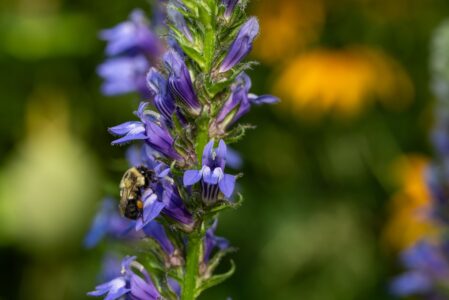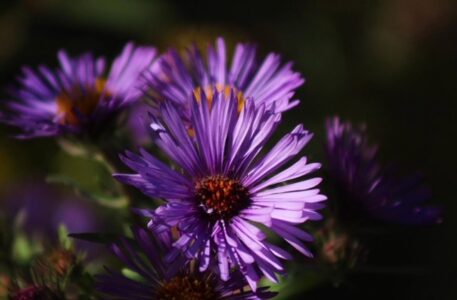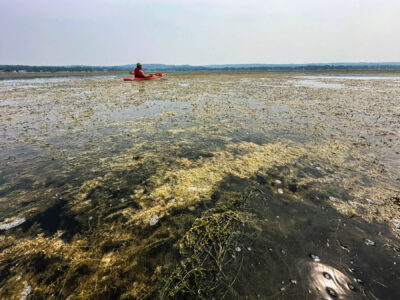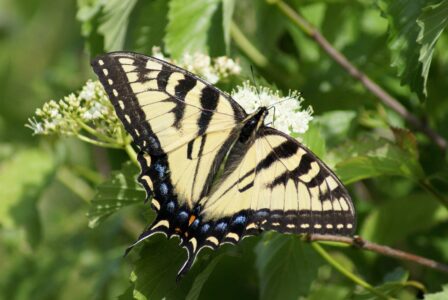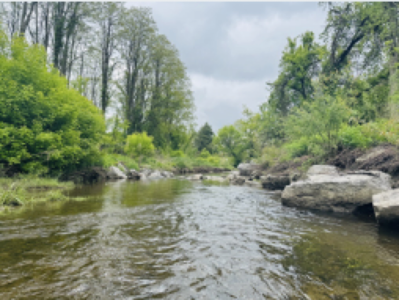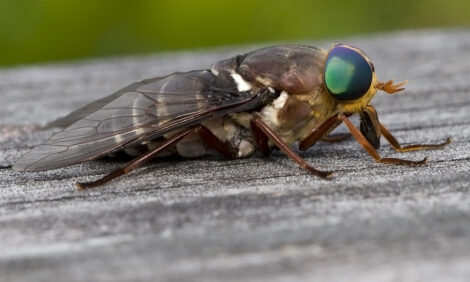Bumblebees Are Vanishing – And Our Plants Are Next
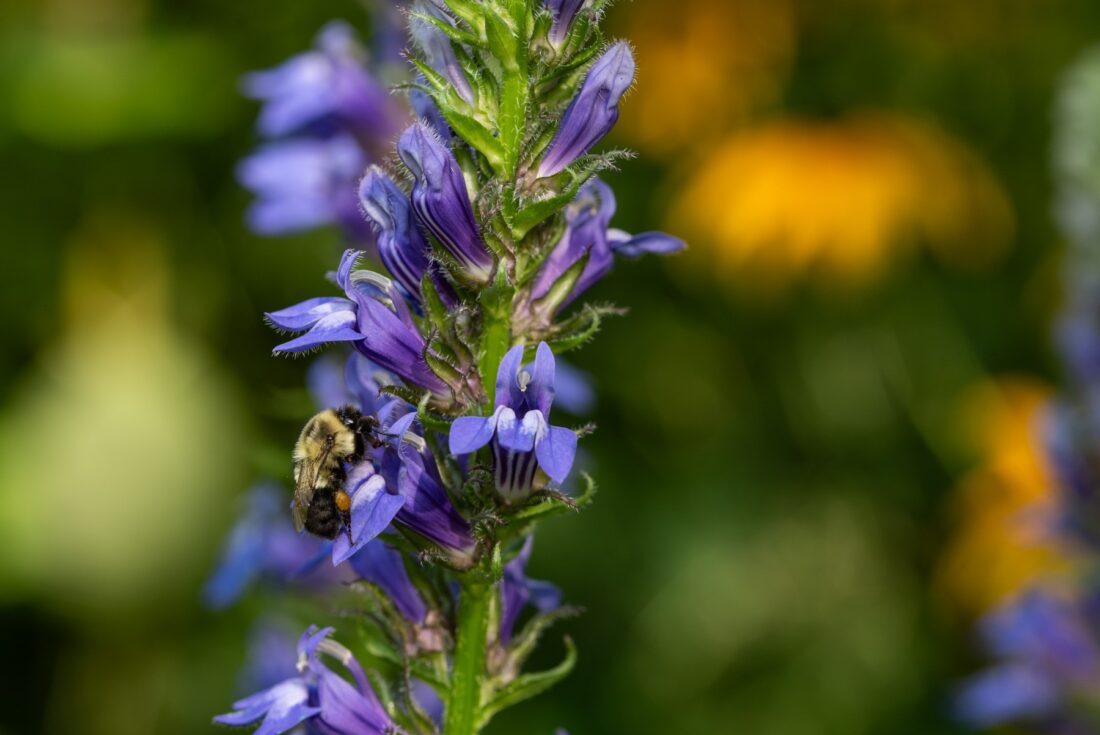
When bumblebee populations decline or disappear, the plants that rely on them often decline as well. Photo by Twan Leenders
Across meadows, forests, and backyards, the familiar buzz of bumblebees has grown quieter. Scientists have been sounding the alarm for years: bumblebee populations are shrinking across North America and beyond. While honeybees often steal the spotlight in pollinator news, bumblebees play an equally vital – yet often overlooked – role in the survival of native plants and ecosystems. Their decline carries serious consequences, especially for flowers that depend almost entirely on these fuzzy insects for pollination.
Bumblebees are more than just another pollinator. Unlike many insects, they perform “buzz pollination,” vibrating their bodies at just the right frequency to shake pollen loose. Many native plants – including blueberries, cranberries, wild sunflowers, and even several orchids – require this special skill. Without bumblebees, these plants struggle to reproduce.
They are also active in cooler, cloudier weather when butterflies or smaller bees generally don’t bother to get out of bed. This makes them especially important in northern regions and at higher elevations, where short summers demand dependable pollination.
Studies show steep declines in bumblebee species over recent decades. The International Union for Conservation of Nature (IUCN) reports that more than one-quarter of North American species are at risk of extinction. Some, like the Rusty Patched Bumblebee, have already vanished from much of their historic range, while several other local species have declined to the point that they should be considered endangered. Sadly, population data on these insects is often incomplete and they may be gradually vanishing right in front of our eyes.
The causes are familiar: habitat loss, pesticide use, climate change, and the introduction of diseases from managed honeybee colonies. Urban development and modern farming reduce wildflower diversity, leaving fewer food sources. Warmer winters and shifting weather disrupt hibernation cycles and flowering times, leaving bees out of sync with the plants they pollinate.
When bumblebees disappear, the plants that rely on them often decline too. Wildflowers such as shooting stars, lupines, and gentians produce blooms shaped for large-bodied bees. Smaller insects can’t reach the nectar or carry enough pollen to fertilize them effectively.
Fewer pollination events mean fewer seeds. As plant populations shrink, the ripple effects spread across ecosystems. Birds lose seeds, mammals lose shelter and food, and insects miss out on nectar. Crops like tomatoes and peppers, which rely on buzz pollination, may yield less when bumblebee numbers fall.
The decline of bumblebees is not just about one group of insects – it signals broader stress in natural systems. Pollination is one of the most important ecological services in the world, and bumblebees are among its key providers. When they struggle, ecosystems are under strain, and many other species are likely to follow.
The good news is that solutions exist. Protecting and restoring native habitats can give bumblebees the diversity of flowers they need throughout the season. Reducing pesticide use limits chemical stress. Even small pollinator-friendly gardens in urban settings can provide “islands” of refuge. Supporting organic and sustainable farms also reduces pressures linked to industrial agriculture.
On a larger scale, conservation laws, funding research, and monitoring populations are critical. Early detection of declines allows scientists to act quickly and identify strategies that work.
The decline of bumblebees may seem abstract or distant, but it directly affects the landscapes we love and the foods we depend on. Every time a bumblebee disappears, the flowers that evolved alongside it lose a partner in survival. The silence of a missing buzz is more than just the absence of a sound – it is the fading of a vital connection in nature.
Protecting bumblebees now ensures native plants thrive, ecosystems remain resilient, and future generations can enjoy wild meadows alive with the hum of pollinators.
Chautauqua Watershed Conservancy is a not-for-profit organization with a mission to preserve and enhance the quality, scenic beauty, and ecological health of the Chautauqua region’s lands and waters for our community. For more information, visit chautauquawatershed.org and follow us on Facebook and Instagram.

